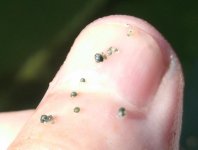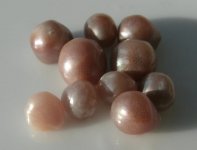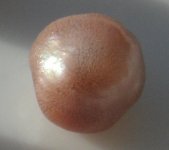Lagoon Island Pearls
Well-known member
- Joined
- Dec 8, 2009
- Messages
- 2,143
Just curious, when you ship tissue samples overseas are you fixing in 95% ethanol or another solution? Relevant for my own tissue sample shipping.
The fix is a special preparation provided by the lab, specific to the purpose. There's no brand name per se, but I'll ask Ana about it's composition. However I do know a few things, though. It's not ethanol based. It's not formalin either, but somewhere along those lines (I suspect). Formalin compounds are not suitable for single cell preservation insomuch as stabilizing the connectivity of structures. I also know it's really, really expensive. And smelly.
I'll get back to you on that.




